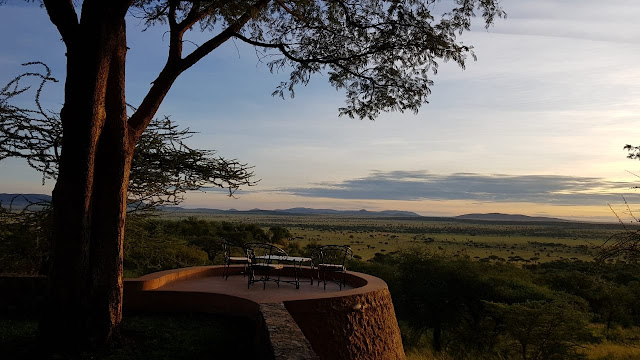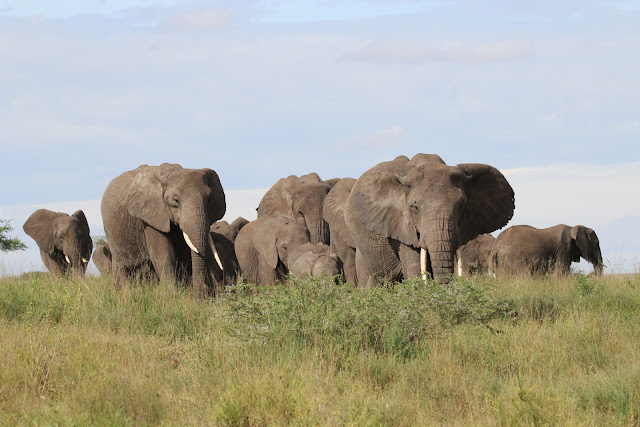 Masai Mara National Reserve is a large game reserve in Narok County, Kenya, contiguous with the Serengeti National Park in Mara Region, Tanzania.
Masai Mara National Reserve is a large game reserve in Narok County, Kenya, contiguous with the Serengeti National Park in Mara Region, Tanzania.
Masai Mara National Reserve is a large game reserve in Narok County, Kenya, contiguous with the Serengeti National Park in Mara Region, Tanzania.
 It is named in honor of the Masai people (the ancestral
inhabitants of the area) and their description of the area when looked at from
afar: "Mara," which is Maa (Masai language) for "spotted,"
an apt description for the circles of trees, scrub, savanna, and cloud shadows
that mark the area.
It is named in honor of the Masai people (the ancestral
inhabitants of the area) and their description of the area when looked at from
afar: "Mara," which is Maa (Masai language) for "spotted,"
an apt description for the circles of trees, scrub, savanna, and cloud shadows
that mark the area.
It is globally famous for its exceptional population of
lions, leopards and cheetahs, and the annual migration of zebra, Thomson's
gazelle, and wildebeest to and from the Serengeti every year from July to
October, known as the Great Migration.
The Sand, Talek River and Mara River are the major rivers
draining the reserve.

 Wildebeest, topi, zebra, and Thomson's gazelle migrate into
and occupy the Mara reserve, from the Serengeti plains to the south and Loita
Plains in the pastoral ranches to the north-east, from July to October or
later. Herds of all three species are also resident in the reserve.
Wildebeest, topi, zebra, and Thomson's gazelle migrate into
and occupy the Mara reserve, from the Serengeti plains to the south and Loita
Plains in the pastoral ranches to the north-east, from July to October or
later. Herds of all three species are also resident in the reserve.
All members of the "Big Five" (lion, leopard,
elephant, cape buffalo, and rhinoceros) are found here.
Hippopotami and crocodiles are found in large groups in the
Mara and Talek rivers.
Hyenas, cheetahs, jackals, and bat-eared foxes can also be
found in the reserve
Antelopes can be found, including Grant's gazelles, impalas,
duikers and Coke's hartebeests.
The plains are also
home to the distinctive Masai giraffe. The large roan antelope and the
nocturnal bat-eared fox, rarely present elsewhere in Kenya, can be seen within
the reserve borders.
More than 470 species of birds have been identified in the
park, many of which are migrants, with almost 60 species being raptors.
Birds that call this area home for at least part of the year
include: vultures, marabou storks, secretary birds, hornbills, crowned cranes,
ostriches, long-crested eagles, African pygmy-falcons and the lilac-breasted
roller, which is the national bird of Kenya.















































